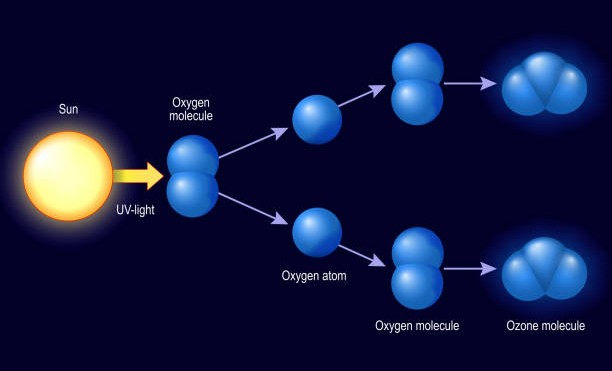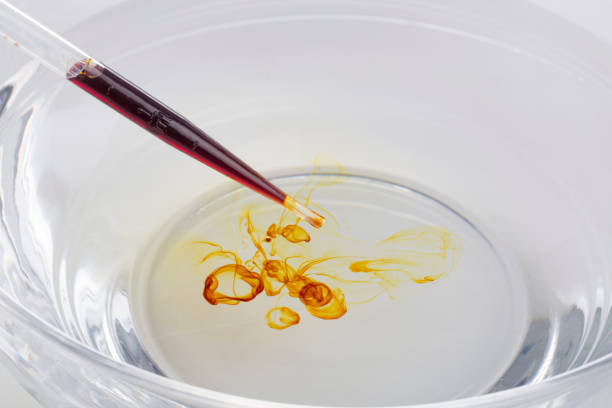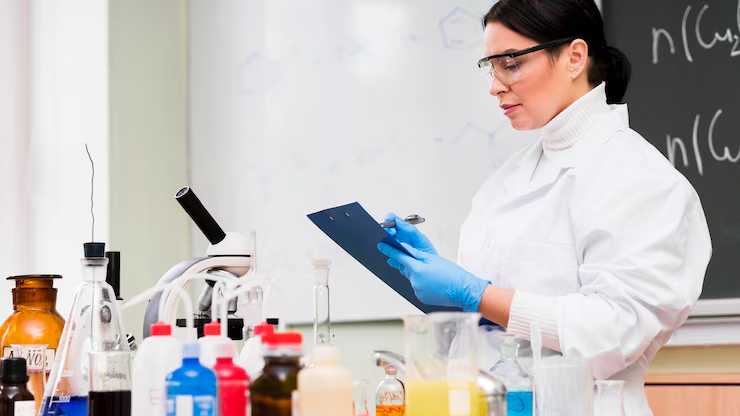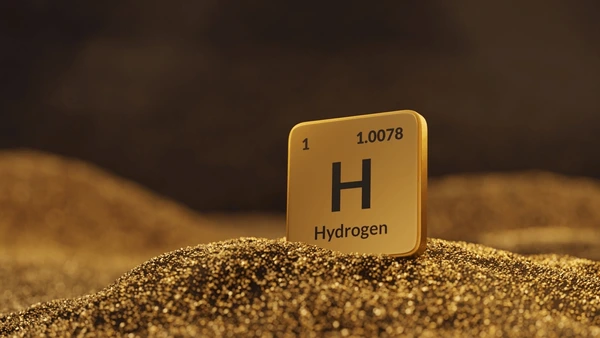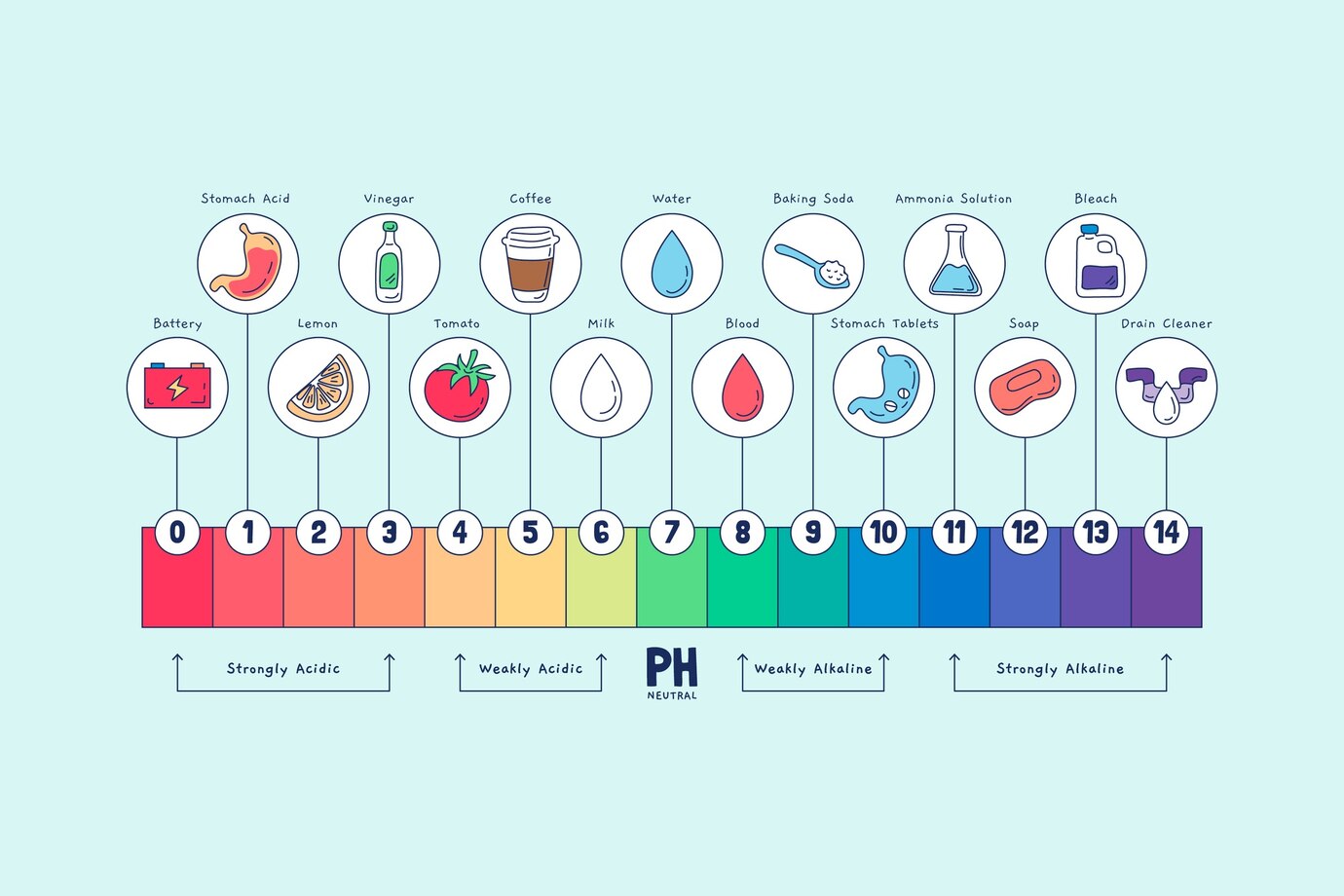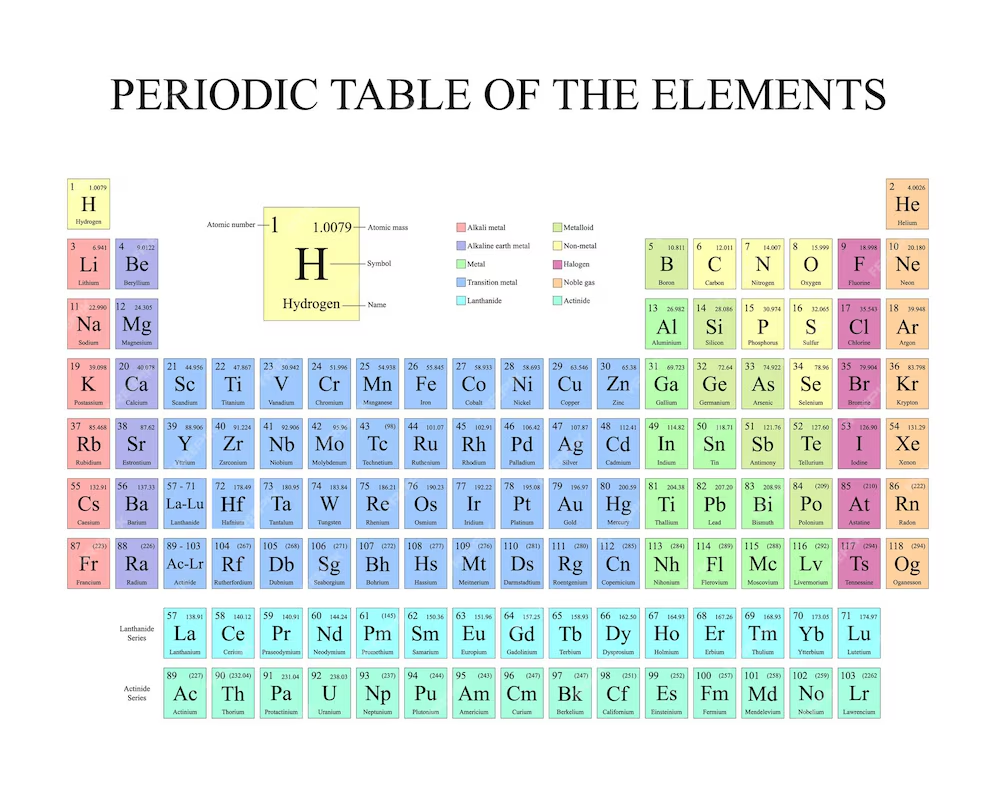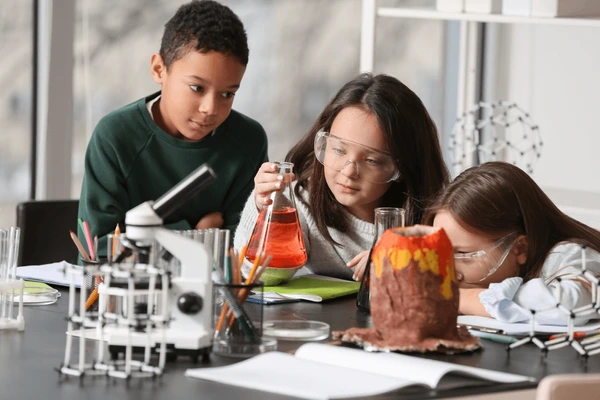Photochemical reaction
Photochemical reactions are essential to both natural phenomena and numerous industrial processes. From the mechanism of photosynthesis in plants to the creation of advanced polymer materials, understanding photochemical reactions is fundamental in modern chemistry. This comprehensive guide explores the science behind photochemical reactions, their types, mechanisms, and real-world applications in detail. Definition and Importance of … Read more
